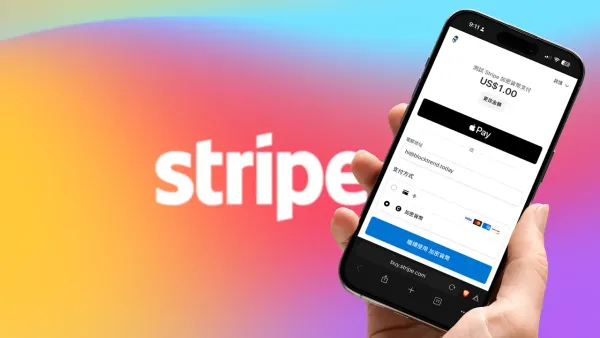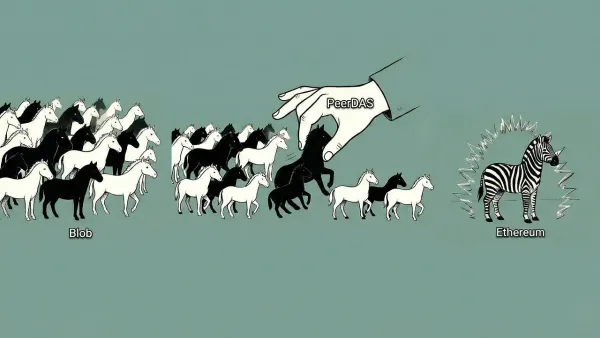How the Forgotten 402 Became the Most Important Payment Gateway of the AI Era
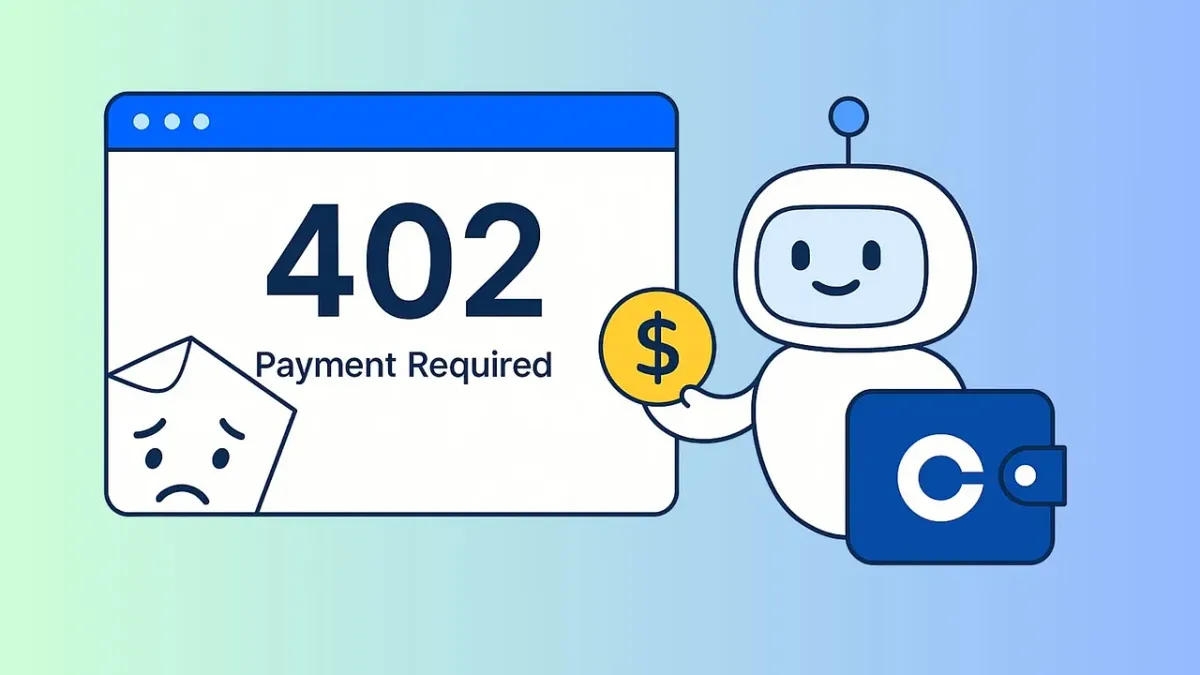
GM,
Today’s article is the most exciting one I’ve written since 2025 began. Last week, Coinbase and several other companies jointly announced a new product: “A New Internet-Native Payment Standard: x402.”
It’s a payment protocol built on top of the HTTP standard, specifically designed to serve AI agents. First, let me explain what 402 means.
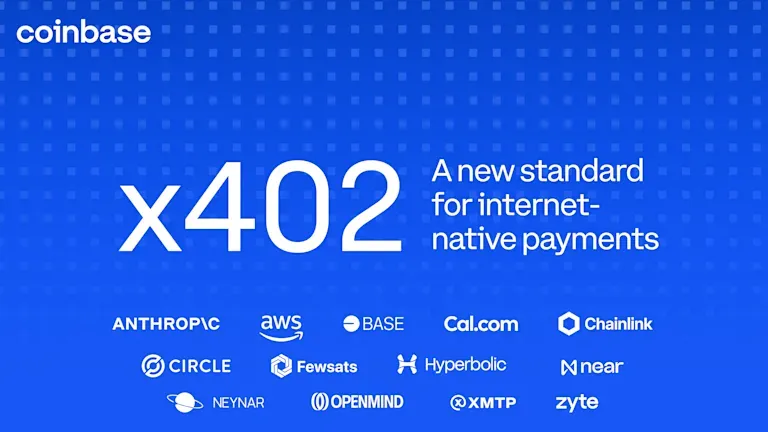
HTTP Status Codes
Everyone has probably seen a 404 Not Found page while browsing the web. Whenever a webpage is unavailable for some reason, this error code appears. "404" is a type of status code that explains why the expected content couldn’t be retrieved.
Status codes were defined by the early architects of the internet and reflect how people envisioned the web at the time. One of the most interesting codes is 418 — I'm a teapot. It originated as an April Fools’ joke in 1998. The idea was that someday, if a network-connected teapot was asked to brew coffee, it should return a 418 to say, “I’m just a teapot.” Now that internet-connected appliances are everywhere, perhaps it’s finally time for 418 to shine.
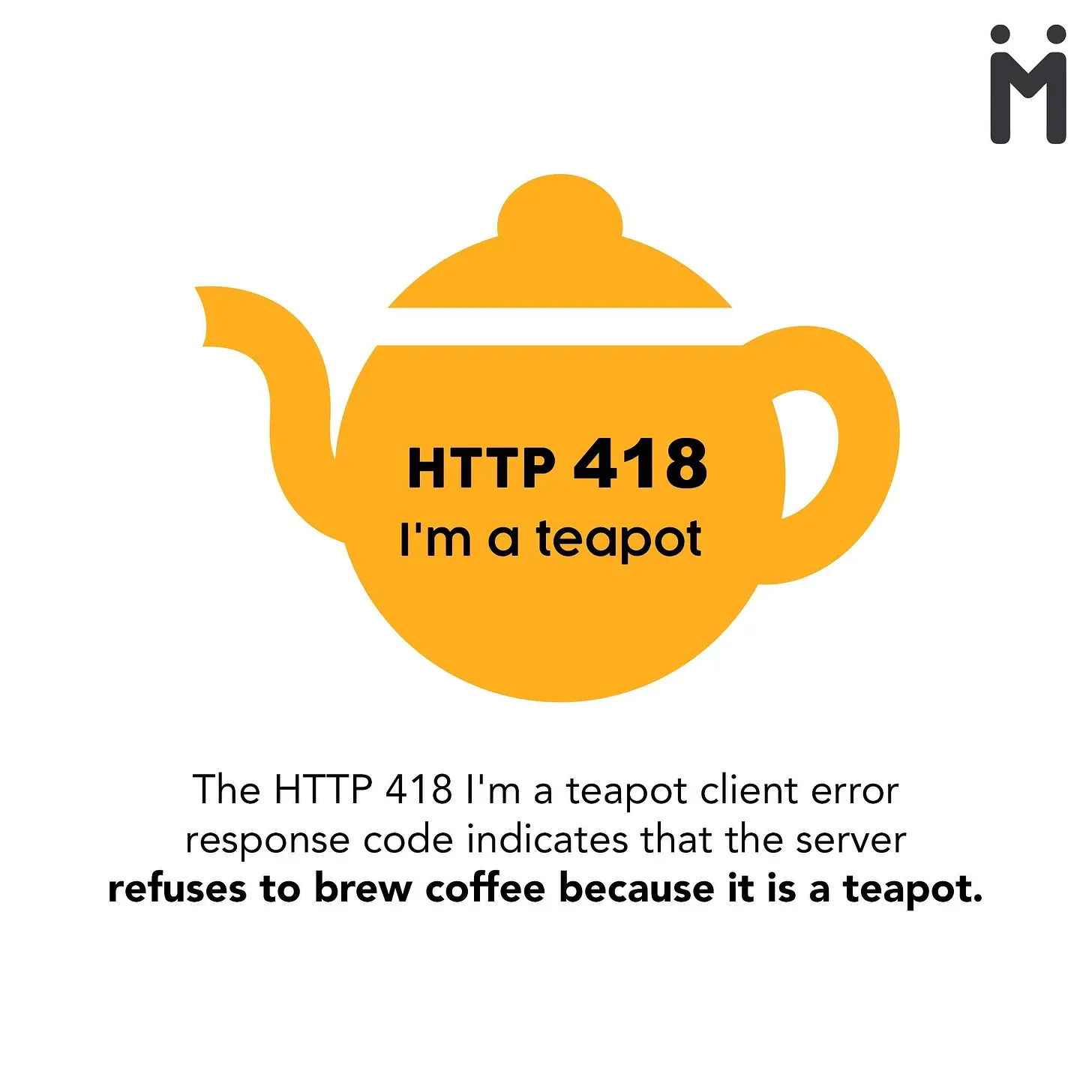
Another interesting status code is 451 — Unavailable for Legal Reasons. This should be the response for content that requires a VPN to access, or for visiting sites like the Tornado Cash mixer. The number "451" is a reference to the novel Fahrenheit 451, which depicts a dystopian society plagued by government surveillance and censorship, where books are burned to suppress dissent. Fahrenheit 451 (equivalent to 223°C) is the temperature at which paper ignites, serving as a reminder that online freedom can be subject to censorship or outright blockage. Ironically, governments today tend to simply shut down servers or halt domain resolution, leaving 451—the most fitting status code—largely unused.
The focus of this article, however, is on 402 — Payment Required, a status code that’s more like an invisible man: it was created over 30 years ago but almost no one has ever seen it in use, because the internet never had a truly native payment system. That is, until recently—when Coinbase, Anthropic, AWS, Circle, and other companies jointly proposed x402, a web-based payment protocol built on top of HTTP. At long last, status code 402 may finally get its moment in the spotlight!
A Payment Method Designed for AI
The reason we rarely see “402 Payment Required” is because people have long since found ways to bypass it. In a 2019 article titled “404 Not Found Is Common, but Have You Ever Seen 402?”, Gao Chongjian recounted this bit of history:
402 Payment Required … existed from the early days of the internet. It made sense at the time—some web pages would require payment, which aligned with the prevailing ‘common sense.’ But while dial-up internet had already been established, payment methods hadn’t kept up … Soon, someone thought to imitate free TV—offering their content, often pirated, for free while earning revenue through ads. That model quickly became the mainstream.
Most online content is paid in some form. Watching ads is a form of payment, and ad-free content is typically behind a paywall. Want to access paywalled content? You need to register first. We’ve grown used to this routine—create an account, set a password, receive a verification code, and then finally view the content or access the service. Tying payment to an account was a workaround born from the lack of a native payment layer on the internet.
Despite the friction, we’ve all gotten used to it. But AI doesn't adapt to human habits quite so easily.
In financial markets, most transaction volume is generated by bots. In the future, most online content will also be produced by AI. AI has already become a central player in the digital economy, but the payment systems we use are still designed for humans. For AI, creating accounts, setting passwords, or interacting with graphical interfaces are all unnatural. The most intuitive logic for AI would be: you want payment, send a 402, I pay, you give me the resource.
That’s exactly the problem Coinbase and its partners are aiming to solve with the x402 payment protocol:
There’s always been a fundamental problem with the digital economy—payment experiences are stuck in the old world. Credit cards, bank transfers, subscriptions—these systems were built for traditional commerce. They’re slow, expensive, geographically limited, and rely heavily on manual steps … While the rest of the internet has become real-time, global, and programmable, payments remain fragmented, slow, and hard to integrate. So we’re introducing x402—an open standard built on top of the HTTP protocol. It makes stablecoin payments a native feature of the internet and turns the long-dormant ‘402 Payment Required’ status code into a usable payment flow for AI agents, apps, and APIs.
There’s already a demo site for the x402 payment protocol where you can try it out. Imagine you just finished a marathon and click on a photo you want to download in high resolution. A “402 Payment Required” prompt appears. All you need to do is connect your wallet and complete the payment—no need to create an account or set a password. The website only cares whether you’ve paid. That’s the kind of streamlined process AI needs.
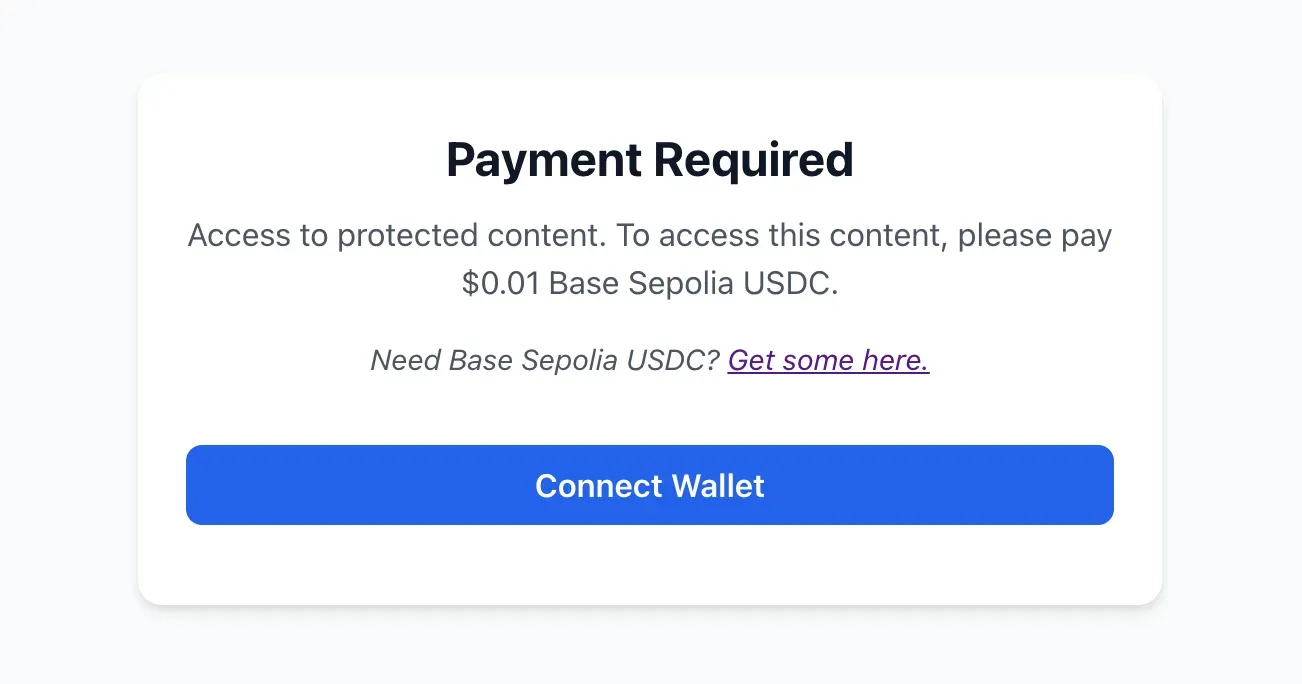
But this kind of use case is really just practice for humans. For x402, the primary users were never humans to begin with—they’re AI agents like Claude.
Anthropic, the company behind the general-purpose AI agent Claude, is also one of the driving forces behind x402. Their goal is to give AI agents the ability to transact—to empower them to purchase higher-quality online resources instead of remaining mere “freeloaders.”
Connecting the Dots
In fact, similar ideas were attempted as far back as a decade ago. A project called Zero Click tried to enable a Bitcoin wallet within the browser to automatically unlock paywalls—a concept strikingly similar to x402. Unfortunately, it was ahead of its time: there were no Layer 2 networks, no stablecoins, wallets were hard to use, and few websites offered integration. The project ultimately left behind only a demo video and some forum threads—now a footnote in Reddit history.
While researching x402, I suddenly experienced that “connecting the dots” moment Steve Jobs once described. I thought back to all the “crises” the blockchain world has gone through over the years—technical upgrades, hacker attacks, DeFi innovations, regulatory crackdowns, enterprise adoption, and wallet improvements—and realized they were all preparing us for this moment.
Though the concept behind x402 is similar to one from a decade ago, today’s environment is drastically different. Layer 2 fees are practically negligible, stablecoins are widely adopted, and AI agents have become an urgent reality. It’s not just that the technology is ready—the use cases are too. In the near future, AI agents won’t just purchase content; they’ll be placing ads and buying cloud computing power as well.
Unlike the isolated struggle of Zero Click back in the day, this time around, companies like Anthropic are actively participating. Success isn’t guaranteed, but at least it’s no longer a lonely fight.
Preparing for AI Subscribers
AI can already write articles, create illustrations, and generate code—but it still can’t pay for anything on its own. Over the past few years, OpenAI and other major players have signed deals with media outlets and purchased access to content databases, but these transactions are still rooted in traditional Web2-style negotiations. With x402, AI no longer needs a “parent” to pay on its behalf. It can independently purchase content, APIs, or data as needed.
As a content creator, I now find myself more anxious about how to prepare for this wave of AI subscribers. Blocktrend has supported crypto payments for some time, but usage remains low—proof that human behavior is hard to change. But who knows—AI agents might become a new segment of potential Blocktrend readers. After all, their task is to search for historical trends and pivotal moments in blockchain development.
If an AI determines that unlocking Blocktrend’s archives provides the most value, but I’ve failed to create the proper access point, then Blocktrend could miss out on an entire new class of “subscribers who transact with code, not conversation.”
After writing this article, the first thing I did was email Substack to request x402 payment integration—because these new customers might show up sooner than we think.
A few months ago, Coinbase launched a dedicated wallet 1 2 for AI agents. The biggest problem at the time was the lack of use cases—even if AI wanted to pay, most websites and merchants weren’t equipped to accept payments 3. x402 fills in that missing puzzle piece, extending AI’s ability to pay from the consumer side to the merchant side. If you want to attract AI customers, you’ll need to open the x402 channel.
Will the future play out this way? No one knows for sure. But without an entry point, even if AI wants to pay, it’ll be locked out.
Refer Friends to Subscribe to Blocktrend and Extend Your Membership by Up to 6 Months! Get your personal referral link



